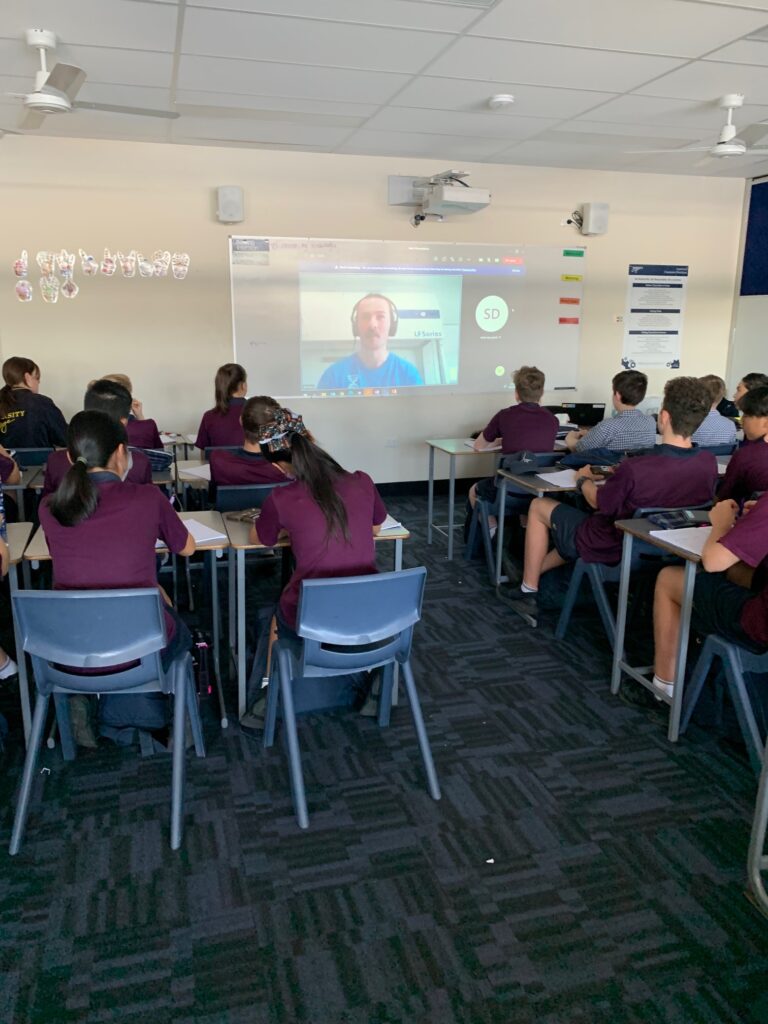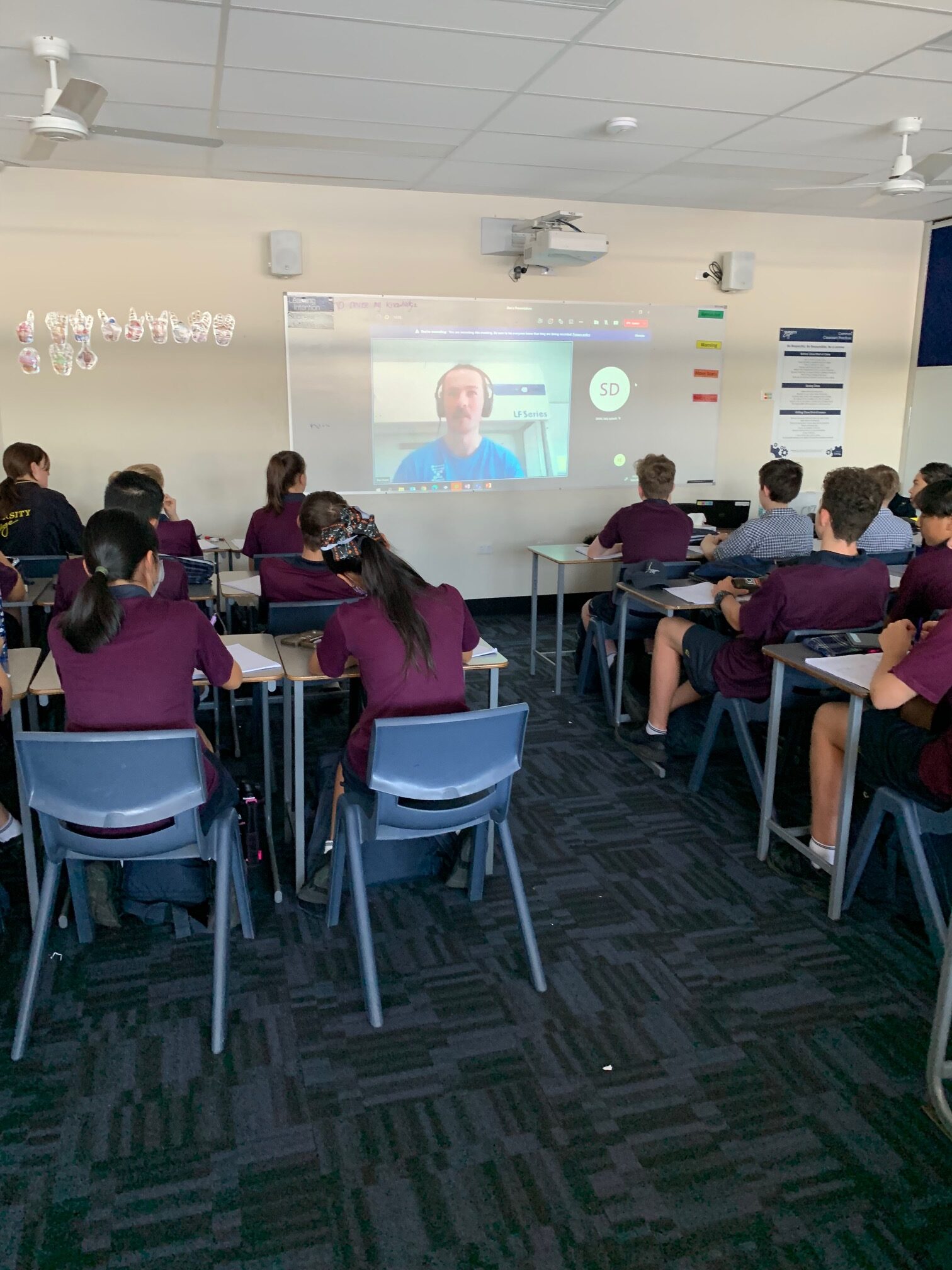Last Thursday students in Year 9 AMS were treated to a presentation about Soil Science from Dr Ben Evert, a soil microbiome scientist from Metagen Australia. Check out what a few of our students had to say about this experience:
Arisa Furutani
Ben Evert has introduced us into the world of soil microbiomes. The presentation covered a range of topics, varying from an overview about soil, to many interesting facts, such as:
- 95% of the Earth’s food is grown in soil
- The largest organisms living on Earth is found in soil- it is a fungi that was found in America, that is 5km long!
- A handful of soil contains more living organisms than the humans on Earth!
Mr. Evert has also answered some of our own questions during the presentation. These included:
Can we run out of soil?
In the US, soil is eroding 10 times faster! Soil can be lost due to erosion, or floods, as these natural processes take the soil and transport it elsewhere. Furthermore, if no action was taken against soil loss, famers will run out of soil in 60 years. However, management strategies such as regenerate farming, and composting are assisting in providing more soil supplies.
What are some examples of mutualism in the soil?
There are many examples of mutualism in the soil. For example: plants and bacteria are in a mutualistic relationship, as the plants provide sugars, or glucose for the bacteria, and in return, the bacteria provide Nitrogen from the plants.
Furthermore, this presentation relates to the concepts that we had learnt in class, as Mr. Evert explained some symbiotic relationships within the soil biome (e.g. mutualistic arrangements between organisms). It was a great presentation were I could see the science we are learning about in a real life situation.

Taj Poidevin and Hanjun Kim
The presentation was based on facts about soils, micro-organisms, and fungi. Ben stated many interesting and precarious facts about how different fungi affected ecosystems based in soil. During the presentation we learnt about numerous different fungi, including one called Massospora.
This certain fungus was stated to penetrate the insect’s body and control their movements and mind, these fungi made insects climb to the highest point possible making it possible to get eaten by birds. This then allows for the fungi to spread more efficiently.
From the presentation, we learnt how fungi spreads throughout effectively using different components. We also learnt that soil contains both the largest and smallest organisms, largest being the fungi which spreads over 55 football fields. Through this, we gained an easier understanding of our learning from class.



